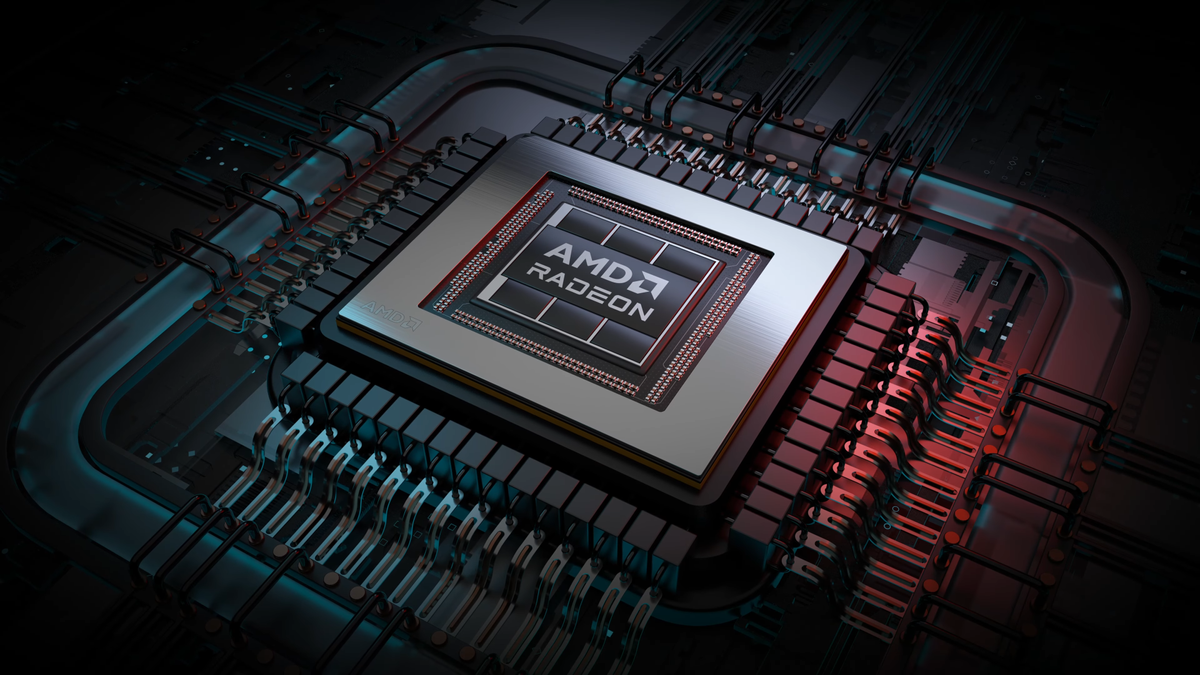Frenetic Pony
Veteran
The optimist in me says combined R&D, software efforts, userbase etc should make this a good thing long term, the cynic in me says AMD sees their gaming efforts fall off a cliff and want to consolidate Radeon and give them HPC/AI scraps.. Hopefully it's a good thing long term. Wave32 or 64?

AMD announces unified UDNA GPU architecture — bringing RDNA and CDNA together to take on Nvidia's CUDA ecosystem
Two become one.www.tomshardware.com
UDNA 6 then? I'm reasonably sure there have been rumours about AMD doing this for RDNA 5 too but been a while since I've bothered checking any
They want a unified programming model, like Nvidia with CUDA and Intel w/OneAPI. And sure, maybe RDNA5 gets matrix multiplication units from CDNA4, or CDNA4 gets a compute focused version instead of AI that borrows RDNA's compact dual floating point units, cause why double up the design of the same IP?
But this isn't some major business reorg. Zen cores have already shown up on CDNA with MI300a, AMD has already borrowed from one IP for another (memory bus dies), this is just continuing that trend.
Last edited:

